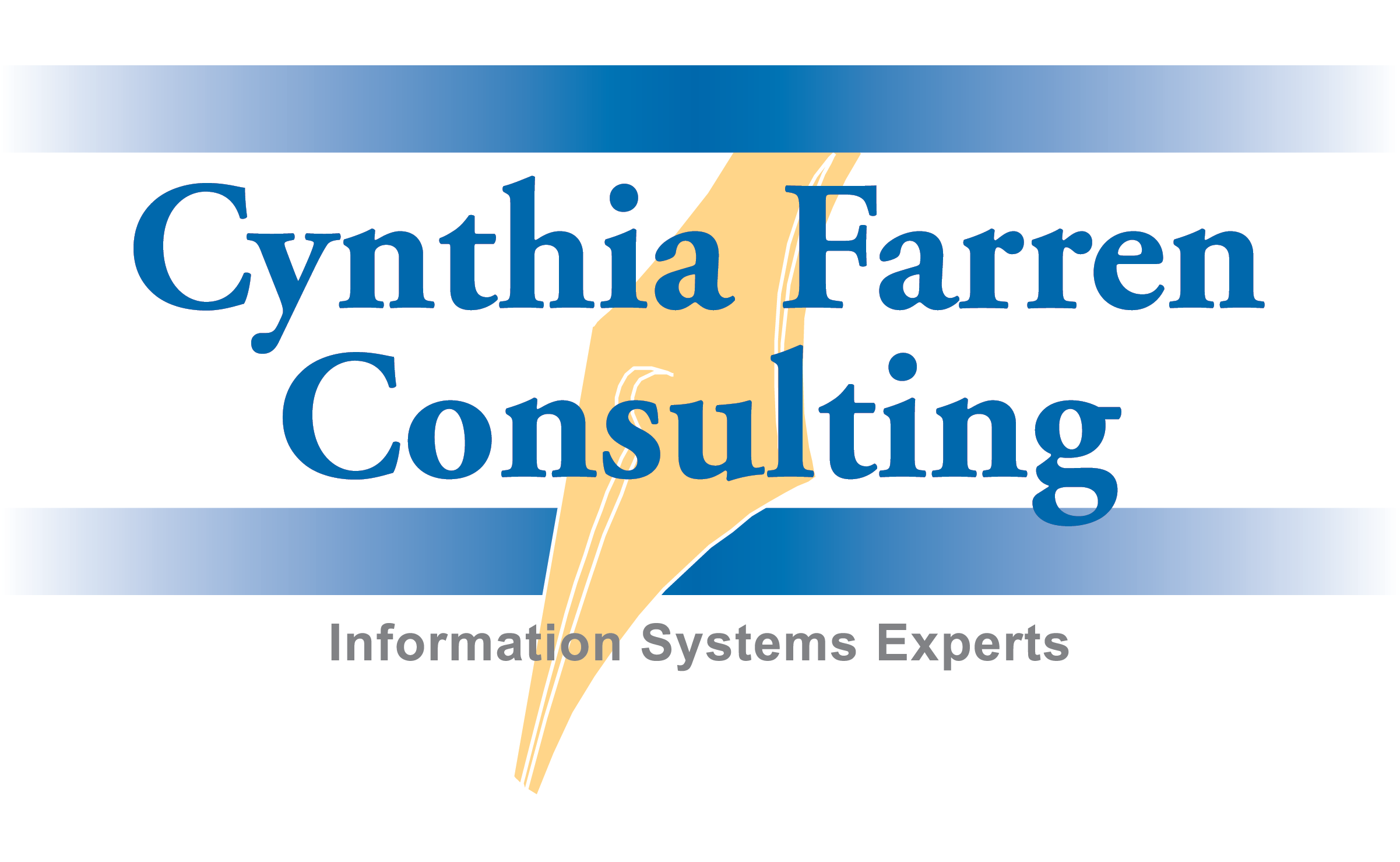What is Software Asset Management (SAM), and why is it important for all size businesses? SAM is the framework for managing the acquisition, deployment and retirement of software in order to fully leverage your company’s software investment. SAM is not just software licensing.
While software is traditionally the jurisdiction of the technology department, SAM is a company-wide responsibility. From the end-user who uses the software to the CEO responsible for ensuring growth plans include funding allocations to ensure users have the tools to do their jobs, every level of a company is responsible for and impacted by SAM.
I think everyone knows the heavy risks associated with being out of compliance with software licensing (and not simply the fines for copyright infringement). What is not as well known are the benefits that come from implementing SAM and being appropriately licensed.
The financial rewards for implementing SAM are dependent upon your company’s software purchasing practices. If your company makes it a practice to remain fully licensed, then the financial rewards can easily be 15% of your software costs. If your company does not purchase software to be compliant with licensing then it will cost you money, but it could easily be 20-30% less than if you simply attempted to become compliant without an assessment.
The benefits of SAM extend far beyond financial savings. Businesses that employ SAM can realize tremendous benefits through improved security, faster rollouts, better negotiating capabilities, better supported operations, and enhanced planning and forecasting capabilities — not to mention the comfort of knowing that your company is appropriately licensed on all your software.
The first step to implementing SAM is to complete a SAM assessment to obtain a baseline and a plan for improvements.
A SAM assessment is typically comprised of: (a) a review of past purchases to identify the investment made and identify purchasing habits; (b) an inventory of what is installed on each machine; (c) a review of existing policies to ensure the company is protecting itself as well as educating its users appropriately; (d) a process review to identify the current process and any process improvements; (e) a gap analysis to determine a baseline between what is owned and what is deployed; and (f) a purchasing plan taking into consideration the company’s future planned growth or changes.
Generally, there are two different ways to perform a SAM assessment: in-house or outsourced. An in-house assessment typically completes only the inventory and a portion of the gap analysis. The primary reasons for this partial in-house assessment is lack of time and lack of knowledge. Outsourced solutions will depend upon the outsource partner. If the outsource partner is your re-seller, they will typically focus on the inventory, gap analysis and purchasing plan. However, businesses need to keep in mind that your re-seller is in the business of selling software. The other option for outsourcing is to use a firm that does not resell software and has an actual SAM practice. Using this type of firm will result in a full assessment being completed by an independent third party.
Cynthia Farren is the president of Cynthia Farren Consulting (CFC), an IT Consulting firm specializing in Software Asset Management. CFC is headquartered in California with offices in Colorado and Georgia. (www.cynthiafarren.com)
